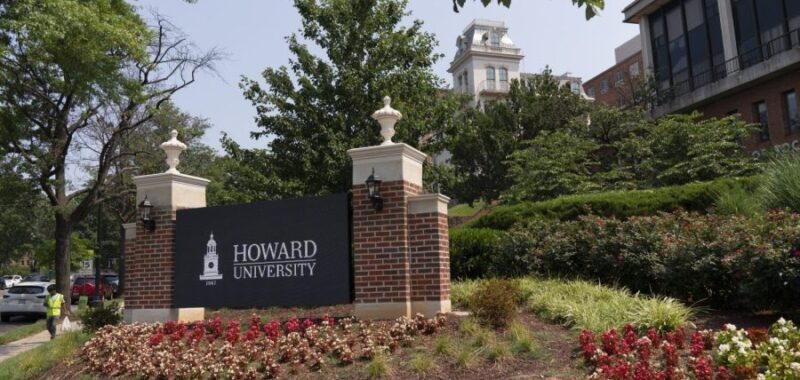
A new report details how Historically Black Colleges and Universities (HBCUs) have continued to provide opportunities of upward mobility for Black Americans even as they remain woefully underfunded compared to Predominantly White Institutions (PWIs).
The United Negro College Fund (UNCF) released its 2024 HBCU Economic Impact Report — Transforming Futures: The Economic Engine of HBCUs — Thursday, providing data about the economic power, policy reform and partnerships needed to ensure these universities and colleges receive funding and support in order to continue operating.
“Historically Black Colleges and Universities have been underfunded since their inception, and all you have to do is look at how they were founded,” said Lodriguez Murray, the senior vice president for public policy and government affairs at UNCF.
Murray pointed out that many HBCUs were founded during and in the aftermath of the Civil War, when it was illegal for African Americans to learn to read and write.
“And then, like African Americans themselves and many African American institutions, it has been much harder for them to garner resources and capital,” Murray said. “Financial institutions often viewed individual African Americans and African American institutions as a higher risk for lending, and so getting access to capital has been a chore for these institutions.”
Today, HBCUs generate $16.5 billion annually in economic impact on communities across the U.S., according to the report.
The collective employment impact of HBCUs on their regional economies was 136,048 jobs, which totals more than the number of jobs at Dell or Intel — the 42nd and 43rd largest publicly-traded American companies.
“HBCUs are big players economically for the local, city and region where they’re located, as well as the state and collectively throughout the country, when you can showcase the total economic impact of an institution, when you can showcase the lifetime earnings of one class per institution,” Murray said.
“When you can showcase the total number of jobs that are impacted per institution, you no longer are looking at these institutions in an anecdotal way, but as economic engines,” he added.
While the Biden-Harris administration has invested more than $1 billion to the nation’s 101 HBCUs and philanthropic efforts increased following the 2020 murders of George Floyd and Breonna Taylor, not a single one holds a billion-dollar endowment and the combined endowments of all HBCUs are less than $5 billion.
The lack of endowments present significant challenges, according to the report, in light of the combined ongoing effects of the COVID-19 pandemic, resources spent in response to the violent threats levied against HBCUs and the economic uncertainty around the schools.
For example, 76 bomb threats have been made against 51 HBCUs since Jan. 1,2022, causing disruptions to daily operations, including school closures or delays, shelter-in-place orders and resources being diverted to ensure campus safety. As such, HBCU presidents and students alike have expressed concerns that HBCUs lack the necessary resources required to manage threats, according to the report.
Still, Murray said, it is a testament to the strength of HBCUs that they have persevered despite the challenges.
“For far too long, we’ve allowed the narrative that HBCUs are without to reign,” Murray said. “It is now time to speak to the strength of our students, the strength of our graduates, and allow these institutions to be seen for the great cathedrals in higher education that they always have been.”

